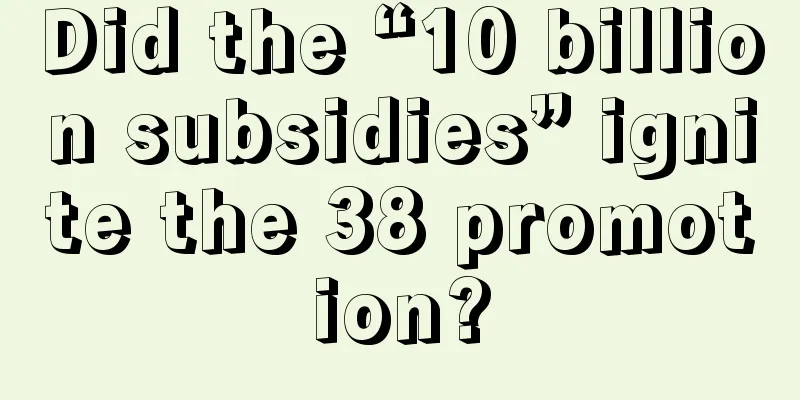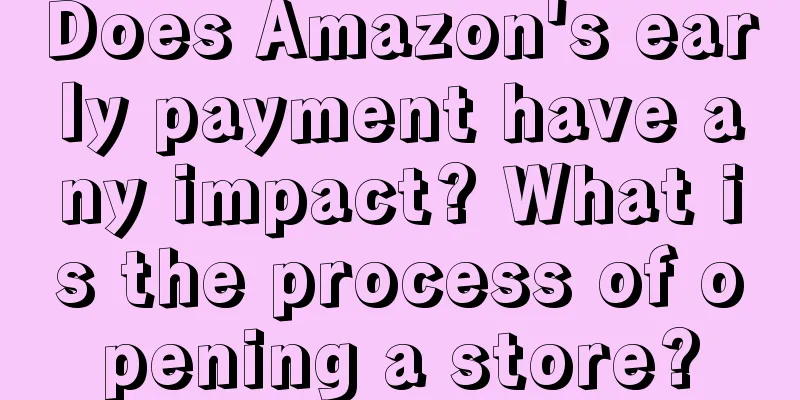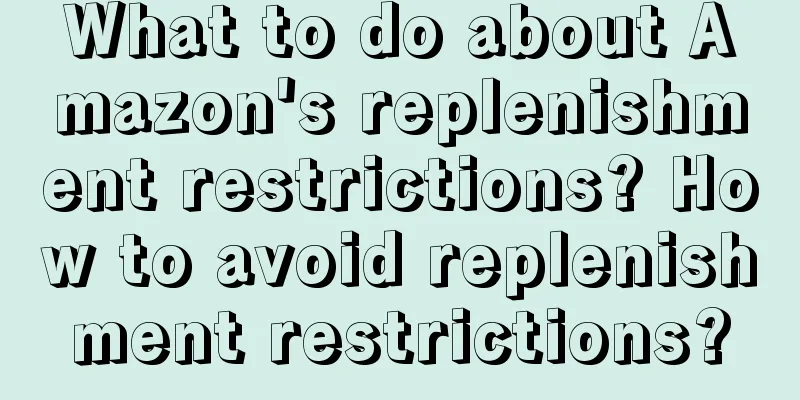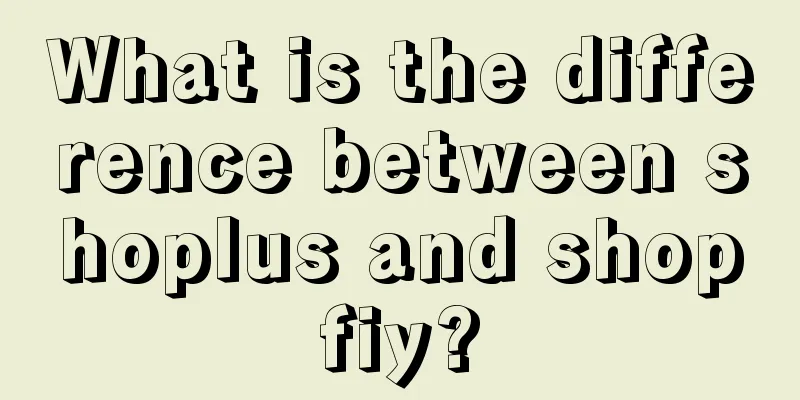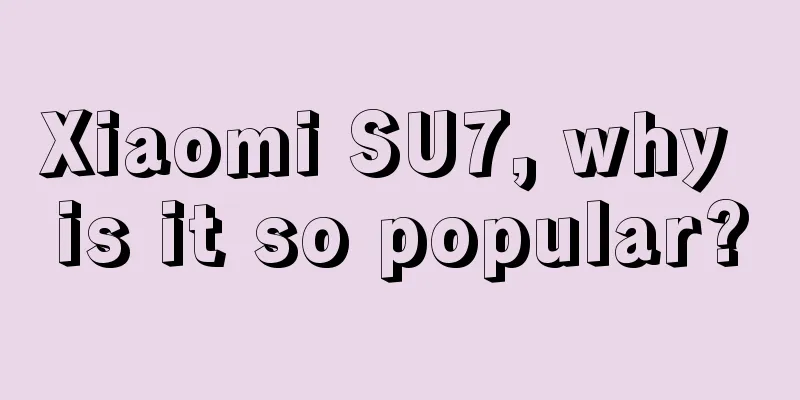What is the second half of the new consumption sector “rolling” about?
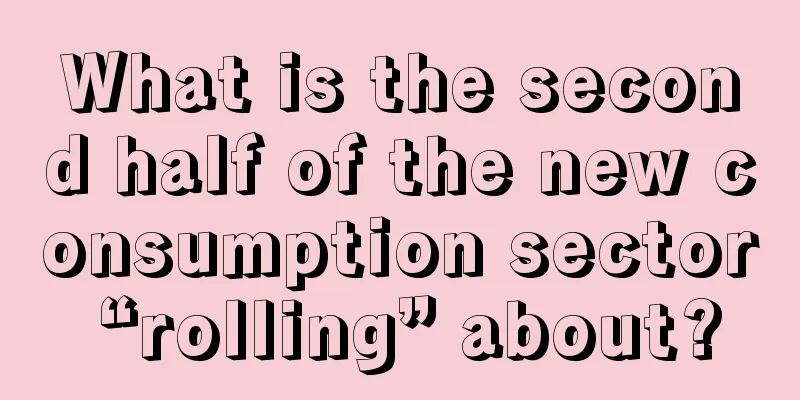
The consumer sector in the past few years was very fascinating. A large number of new brands and small and medium-sized brands rose rapidly in a short period of time, giving birth to many out-of-the-box communication cases and creating many hot-selling products with extremely high sales. Even the giants in the same track felt the crisis of "perhaps being overtaken" and began to actively think about change. However, once the craze was over, many brands began to disappear. The players who were able to stay at the table not only had a communication mindset that kept pace with the times, but also had very strong product strengths, which also showed the fierceness of market competition. After experiencing a rapid development phase and entering the stock competition phase, brands also began to realize that the strategies of focusing on appearance, segmentation, and scenarios were no longer a breakthrough. So, what methods are there to better adapt to the current market environment? In the view of Mr. Bingfa, "emotional value" is an opportunity point that is worth exploring in depth. When the concept of consumer experience was first proposed, everyone’s focus was often on the product itself. However, from the dopamine marketing that exploded this summer to the soy sauce latte that flooded the WeChat Moments, we can find that the time span involved in consumer experience is much longer than we imagined, and many touchpoints will become the key to success. Today, we will use several specific cases to talk to you about the key point of competition in the second half - emotions. 1. Cross-border marketing, encouraging users to share their emotionsIn the past, when we talked about joint marketing, we talked more about joint communication. Two brands leveraged each other to create a special CP, create a hot social topic, and achieve a superposition of voice. However, this year's joint marketing has become popular again, with more co-creations at the level of brand attributes and emotional value, such as the previous joint marketing of Heytea and FENDI, Nayuki and SpongeBob SquarePants, and Luckin Coffee and Moutai to launch Maotai sauce-flavored latte. Each case can mobilize the emotions of netizens. Some people say that the essence of the collaboration between beverages and luxury goods is the same as LV selling perfumes and Hermès selling lipsticks: it is to provide consumers who do not have the purchasing power to choose from. However, in the view of Mr. Bingfa, those consumers who posted photos of Heytea in their Moments with the caption "XX-year-old bought FENDI in full" and those who specifically requested "a full cup of Moutai without coffee or sugar" when ordering from Luckin Coffee may not be the potential audience of FENDI and Moutai. They just want to use this very nonsensical crossover to play with memes, interact and express themselves. For urban youths who live and work at a fast pace, it is easy for them to have negative emotions for various reasons. These brands provide an outlet for young people to release their emotions in a very intuitive way. With just a cup of milk tea or coffee, they can gain emotional value far beyond the product itself and gain a lot of goodwill. 2. Dopamine marketing, delivering positive, pleasant and healing emotionsIf we talk about the most popular marketing keyword this summer, it must be "dopamine". This color-based marketing method suddenly became popular because of an event. On Xiaohongshu, a consumer trend, the number of views on the topic #dopaminewear has reached hundreds of millions, and the bright, colorful, and highly saturated dopamine color scheme has also become a keyword for many products and posters. Behind dopamine marketing is also the exploration of the emotional value of users. In the groundbreaking work in psychology, Thinking, Fast and Slow, Nobel Prize winner Daniel Kahneman divides human thinking into two systems - System 1 is intuitive thinking, which is a quick decision-making, equivalent to the human brain's autopilot, and is the emotional brain; System 2 is computational thinking, which is a slow role. The brain has to carefully calculate and weigh the pros and cons, it is a homogeneous dilemma, and it is the rational brain. For many brands, intuitive marketing that uses product names, appearance, and usage scenarios to stimulate the emotional brain is a basic operation. Its underlying logic is to "shorten the user's decision-making path." However, in today's increasingly fast-paced world, even fast-paced intuitive marketing is accelerating, and dopamine marketing is a very typical example. A group of dopamine-colored products can directly evoke consumers' positive, pleasant, and healing emotions, and the timely hedonism represented by these emotions also hits the current emotional theme, and the sales boost it brings is also very intuitive. 3. Music marketing subtly influences public sentimentIn addition to those cross-border joint ventures that have swept the screen and the extremely popular dopamine marketing, there is another marketing method that is subtly influencing consumers' emotions and decisions, that is music marketing. In the upgrade from advertising to content, pictures, texts, movies, and books have become important carriers for brands to convey information, but few people talk about the value of music to brands. In the incremental market, rational content delivery is more suitable for brands to gain market share, but in the competition in the stock market, emotional expression can more easily help mature brands establish communication with the audience. After all, for this generation of consumers, the functional attributes of the product are just the basis. They are more likely to be attracted by emotional expression and will pay for resonance, love and emotional value. Especially in this increasingly "impulsive" environment, more people want to understand the brand through their own feelings, and emotional content without copywriting, only scenes and music, is more likely to enter the hearts of young people. In conclusion: In fact, in terms of functional value, there is very little that a brand can do. As we mentioned at the beginning, the players who can still stay at the table now basically have strong product strengths. The result in the end is often that they fall into the dilemma of homogeneity where "everyone is very tired and hard-working, but the things presented are still similar." If you want to jump out of this dilemma, emotional value is an opportunity point that is worth digging into. From a macro perspective, the collective sentiment of society will change over time, and in many cases this can provide brands with a very good opportunity to break out of their circle. From a micro perspective, people have different emotions, which is also a space for brands to break through differentiation. For example, using dopamine color can make people feel positive and happy, and choosing to cooperate with music festivals can make people feel passionate and youthful. Only by giving brands and products emotional value can we break out of the dilemma of focusing on functions and prices, and gain more competitive advantages with a more unique brand temperament. Author: Mr. Bingfa WeChat public account: Marketing Strategy (ID: lanhaiyingxiao) |
<<: GPT-5 is coming? OpenAI's latest large model is exposed!
>>: Quit your job and experience 100 different jobs, "Chi Zao" wants to live well
Recommend
"Listen" has been quietly tested for half a year, and WeChat has secretly created a "small universe"
An article on a public account can have a readersh...
Why is innovation so difficult? This is my understanding after studying several companies.
The author studied several companies and found som...
A 10-square-meter shop has 14,000 shareholders
Now, "cloud shareholders" on the Interne...
I observed 30 brands with a sales volume of 10 million yuan on Xiaohongshu and summarized the following...
In this era of information explosion, AI and data ...
How to advertise on Wish? What is the method?
As one of the cross-border e-commerce platforms, W...
Entrepreneurs’ sense of rhythm and relaxation
An entrepreneur gives some advice to his juniors a...
Where can I check Amazon's IPI? How can I improve it?
To run an Amazon store, you need to know what some...
10,000 words to explain the private domain KOC system and change the whole domain operation idea
The author wants to use this article on the KOC op...
New rules are coming: WeChat clearly regulates the content of influencers’ product promotion
WeChat recently issued new rules to regulate the c...
How to register Amazon European VAT? Process Introduction
To do cross-border e-commerce, you need to know wh...
Wish will launch the "Everyday Black Friday" promotion
Wish merchant platform announced that Wish will la...
What are the essential steps for Amazon beginners?
Amazon is the first stop for most people who trave...
New rules for video accounts, be careful not to get blocked!
Recently, the official Video Account released new ...
How to retrieve Shopee main account? How to do it?
Now many entrepreneurs have joined the cross-borde...
What does Amazon Prime Day mean? How to improve the registration pass rate?
If Amazon merchants want to attract traffic to the...

